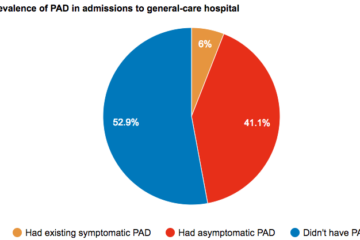Lower Extremity Review (LER) magazine publishes an update on Peripheral Artery Disease (PAD)
Lower Extremity Review magazine has published the first of a 2-part series on an update of Peripheral Artery disease, and featured it as the cover story.
The article, authored by Aisha Cobbs, PhD, highlighted the fact that PAD now affects 200 million people around the world. Discussion of risk factors such as age > 65 years, hypertension, diabetes mellitus, chronic kidney disease, hyperlipidemia, and smoking, they stated that patients with 3 or more of these risk factors had a 10x increased risk of PAD.
They went over the fact that mortality of PAD was similar to those of other atherosclerotic cardiovascular disease, advocating for the screening of patients to improve outcomes and reduce atherosclerosis-related mortality.
Going over the classic clinical presentation of PAD, they talked about claudication being the typical first symptom of PAD, and as it progresses, develops into resting leg pain. This resting leg pain is caused by the atherosclerotic tissue further restricting the flow of oxygenated blood to the lower extremities. When a patient is experiencing leg or foot pain at rest due to atherosclerosis, this is called Critical Limb Ischemia (CLI).
In addition for PAD increasing the risk of heart and stoke, the author spoke about the diabetic foot ulcers (DFUs) that may result from PAD in diabetic populations, potentially leading to amputation.
Although these symptoms were outlined in the article, the author also noted that PAD is asymptomatic in over 50% of patients with PAD, but whether or not a patient is presenting with typical symptoms of PAD does not have an impact on PAD-related outcomes.
The author went over some of the barriers to early diagnosis, in terms of why patients may not be experiencing or reporting classic PAD symptoms such as intermittent claudication.
The whole article is available online or in the print edition.
Lower Extremity Review: An Update on Peripheral Artery Disease (PAD): Part I


